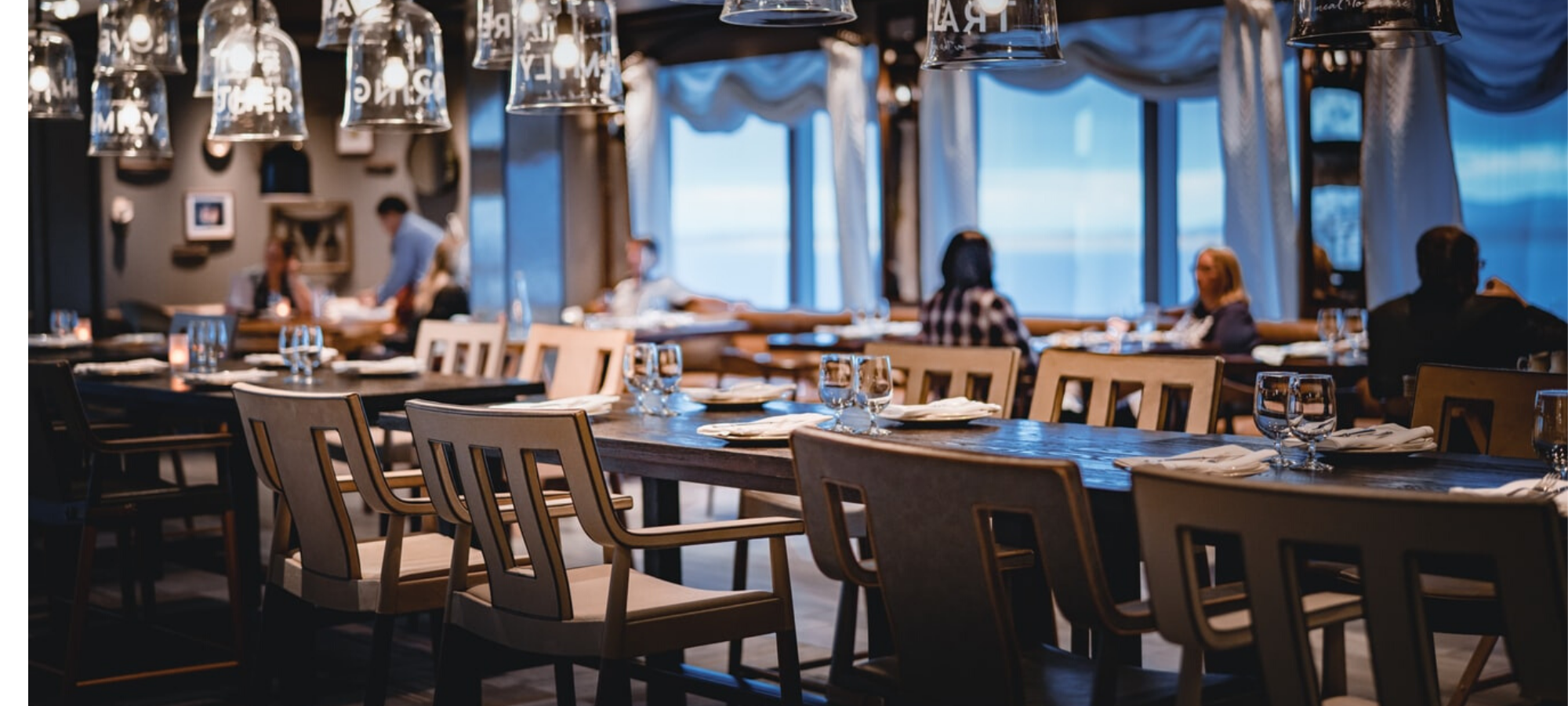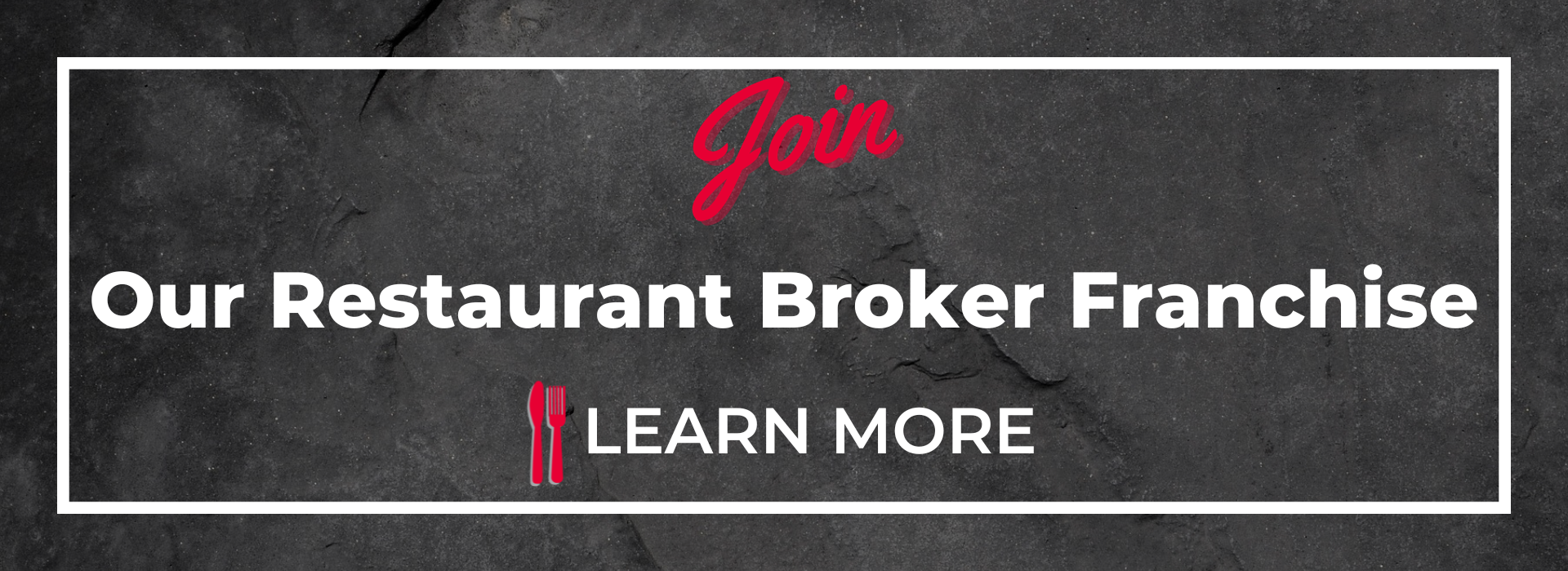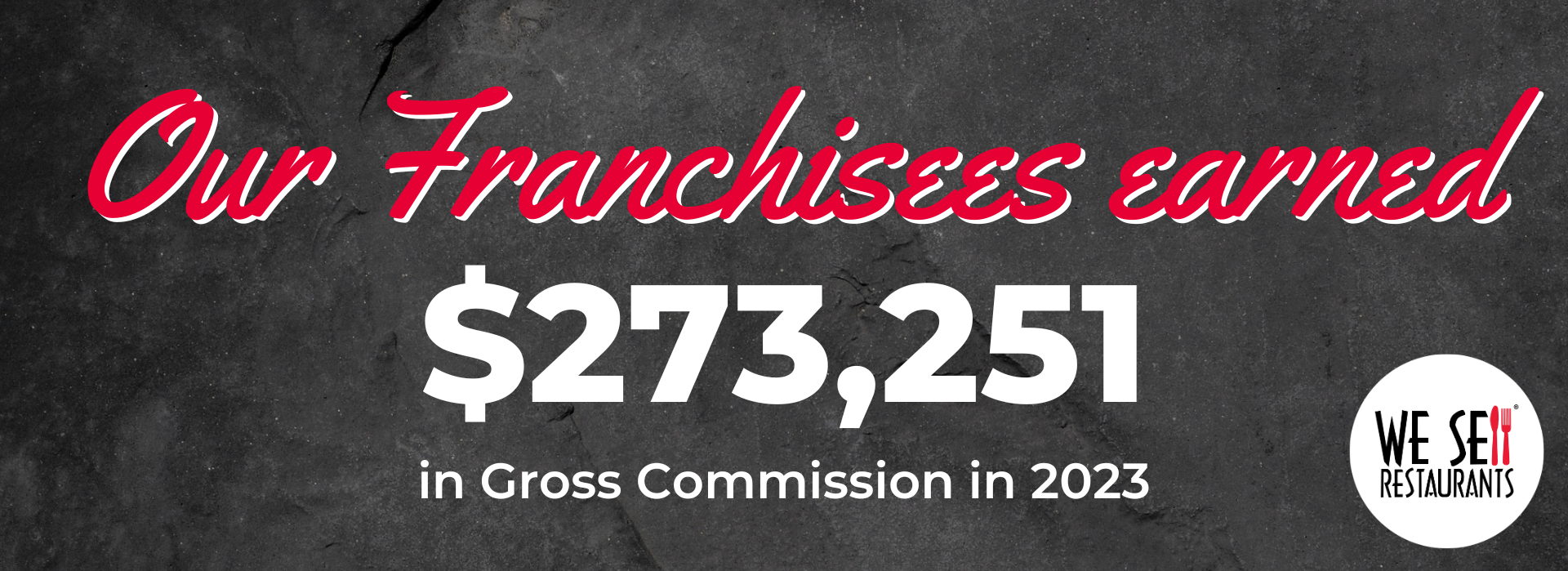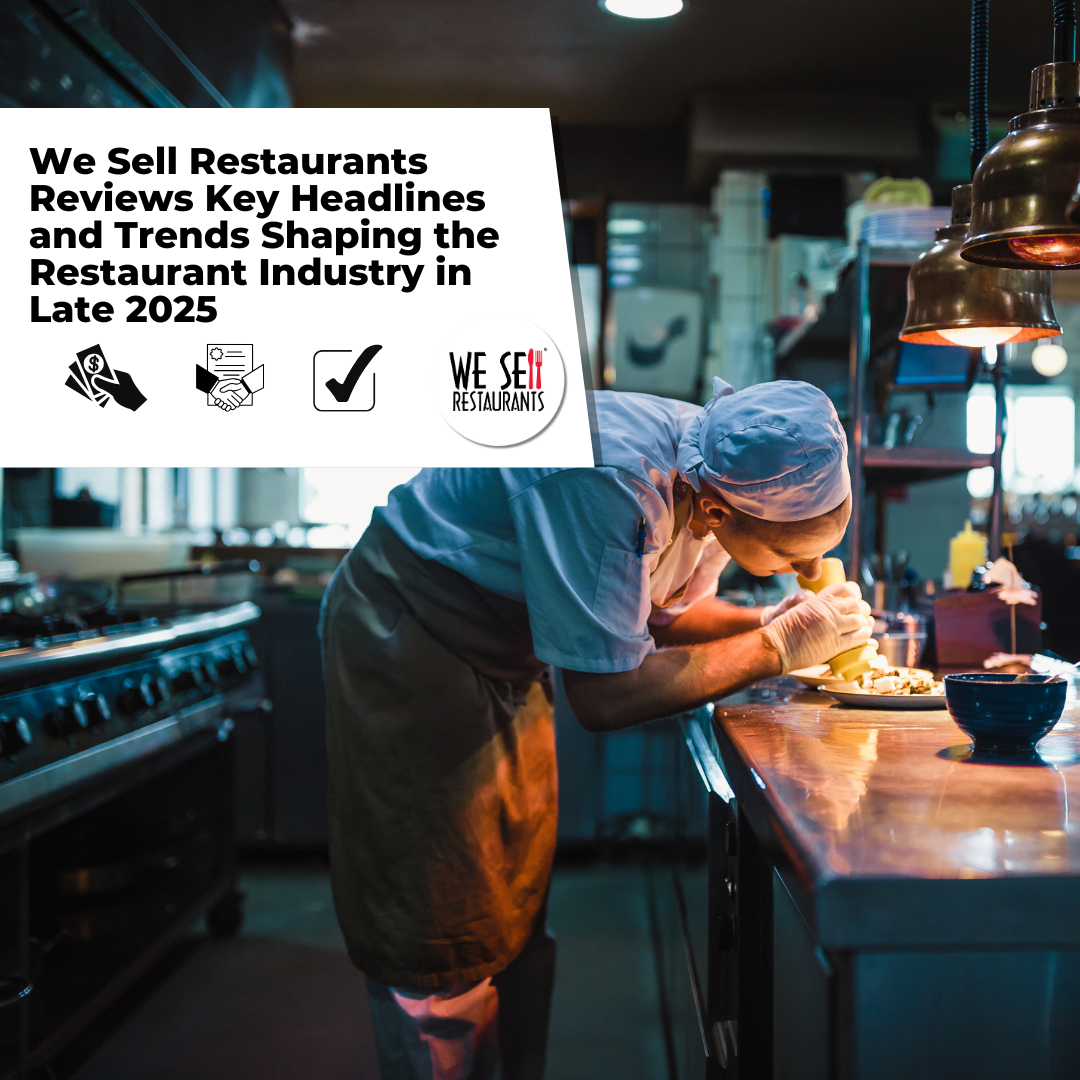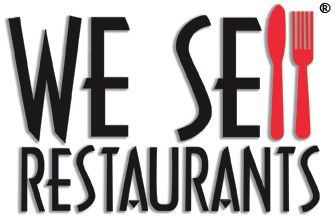Owning and operating a successful restaurant business epitomizes the American dream for most. Selling your restaurant and attempting to transfer the lease can be a nightmare however. Here are the seven secrets in the process for transferring a restaurant lease the landlord will never share. Those buying or selling a restaurant should get familiar with these tips before drafting a contract to buy or sell a restaurant. Here's Seven secrets about restaurant leases the landlord will never bother to share.
.png?width=400&name=Cocktail%2021st%20Birthday%20Blog%20Graphic%20(1).png) Secret 1: Include a Contingency for the Restaurant Lease Assignment
Secret 1: Include a Contingency for the Restaurant Lease Assignment
Any contract to sell should include a contingency for lease assignment. Why is there a need for a restaurant lease assignment contingency? Some landlords will take advantage of an assignment situation to raise rates, remove option years or otherwise increase costs of a restaurant buyer. That could dramatically change the numbers on the transaction.
The buyer should have a contingency to allow for transfer of the existing terms and any option years at the same rates. After all, if you’re buying a restaurant based on rent of $5500 a month and the rent goes up to $6500 a month, that extra $12,000 comes directly out of earnings. You’re buying a restaurant based on the past performance. The lease is baked into those results. Review and understand the lease terms in the due diligence period and include a contingency for assignment of the same lease.
Secret 2: Make Sure You Understand the Assignment and Sublet Clause
Before doing anything, you (or your restaurant broker), should review the Assignment and Subletting portion of your lease. What does the lease state as the terms for a lease to be assigned or sublet? The difference is a legal one, but a simple business explanation is this. Assigning the lease, typically, moves the financial responsibility to the buyer. A sublet means you become the intermediary and collect the rent. Most leases do not allow any form of sublet and instead allow for an approval process to approve and assign the lease to the new tenant. Here's a secret the landlord won't share. You can have auto-approval clauses and caps on costs and all kinds of good stuff that limit a landlord's ability to charge you fees and keep you on the lease but the landlord will hold that secret close to the vest. Instead, his attorney will bully through an assignment that is not in your favor. Be informed to avoid taking on liabilities you don't need. Read the assignment and sublet clause.
The best leases are those that contemplate a change of ownership up front. In those cases, there’s essentially an ‘auto-approve’ clause. It may be written like this: “Seller may assign the lease without the consent of the landlord in the following instances. The buyer can demonstrate a net worth of $1,000,000 or more with 5 years of relevant restaurant ownership/management experience and approval by the franchise brand.” Language like this means your landlord cannot deny approval when these conditions are met, saving you the effort of an approval and providing your restaurant broker up front, the financial and experience requirements of any would-be buyer.
If your lease does not say something similar to this, look for the language that spells out exactly what must take place. In particular pay attention to specific timelines or dates associated. A good restaurant broker negotiating a lease up front may not get auto-approve language but hopefully he or she has negotiated for you to have a specific timeline for approval, a fixed cost and at the minimum, language stating that approval may not be unreasonably withheld.
If there was no attempt to predetermine conditions for assignment or approval and/or open ended amounts for lease transfer fees, get ready for a rough ride. Landlords will take advantage of every opportunity to drag their feet and charge you money.
Secret 3: Notify the Landlord
Once you understand the conditions for transfer, notify the landlord in writing (email is fine, unless the lease says otherwise), and make sure the request for transfer is confirmed. That starts the clock on the transfer transaction. Track every interaction. Save every email and hold onto all forms of payments provided to him. Meanwhile, make sure you lease is current (if you’re selling your restaurant), as landlords will typically withhold assignment if you are behind in your lease payments.
The secret is this. Official notification is never a phone call and rarely an email. You need to put it in writing and confirm the landlord received it.
Secret 4: Use the Landlord Forms
Request that the landlord provide you with their standard documents and forms to be completed prior to transfer. If they don’t have a standard application document with all of the following built it, be prepared as a restaurant buyer to provide at the minimum: detailed personal financial statement, consent to credit check and resume or background and experience of the proposed tenant. Usually the landlord has their own package requirements which can be quite lengthy.
It is not unusual for a landlord to request someone leasing a restaurant to complete a multi-page application, provide copies of bank statements to confirm sources of revenue stated on the financial statement and tax returns for multiple years. They often want a detailed business plan or at least a menu. If the tenant has a weak financial position, a seller should be prepared to stay on the personal guarantee for the restaurant lease. If you piecemeal the documents and fail to use their forms, be aware that the landlord will use this as an excuse to delay or deny the restaurant lease transfer.
Secret 5: Submit the landlord forms along with the lease assignment fee
All materials should be submitted along with the check for the lease assignment fee. This is not the time to get cute and limit your responses or try and give only partial information. If the restaurant lease is to transfer, you must provide the full and complete package including all forms, all signatures (including those of spouses) and tax returns. Do not send without a check. They won’t process it. This is like dealing with the government and they will kick back the application if it is not complete.
Then you wait. And wait. And wait. And follow up multiple times to find out where you are in the process. You must be determined, persistent and border on annoying with calls and emails at least once every week. It is the truly the “squeaky wheel” who gets the landlord to respond on approval. Here's the secret. Restaurant lease transfers are not a priority. They would much rather draft new leases and earn big commissions on those rather than dealing with a space that already has a tenant paying rent.
Secret 6: Review the lease assignment
After this, you are typically provided with a draft lease assignment. At this point, it is important to understand the new obligations and guarantee of the buyers versus any requirement of the person selling the restaurant to remain on the lease. If you’re being asked to stay on, it’s time to start negotiating. Here's a secret you need to know. Everything is negotiable. If you don't ask, on the other hand, you definitely won't get changes. That’s an entire other blog article.
Secret 7: Follow the Directions to Execute the Lease
Now is not the time to drop the ball. You need to find out how many signatures are required and execute the lease assignment. Typically, a landlord will not allow a docusign version of the lease but wants what is termed ‘wet’ or pen signatures on hard copies. Generally, a minimum of three copies are required. Everything goes to the landlord and they will countersign and return originals. They also want money, whether it's the rent payment, an assignment fee or legal fees before they will countersign. Send it to the landlord without the check and it will not be returned with a signature.
Now you have the seven secrets to transfer a restaurant lease. It’s laborious, time consuming and often frustrating. Ultimately, the landlord controls the game and by knowing these secrets, you have a better chance of transferring a restaurant lease.

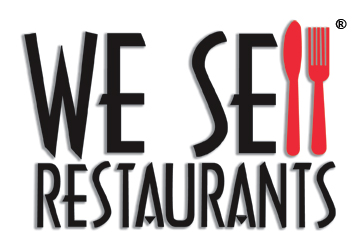
 404-800-6700
404-800-6700.png)
